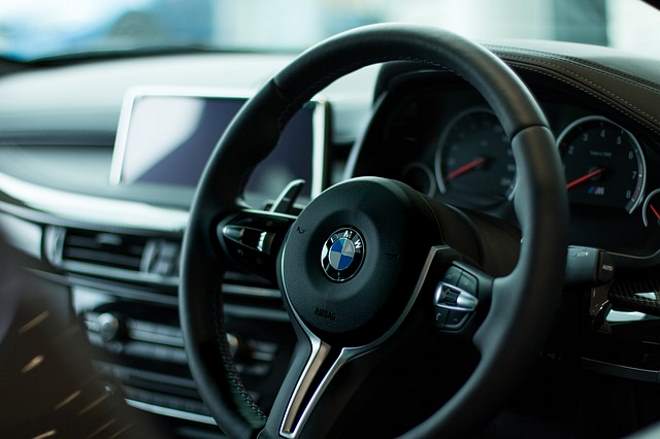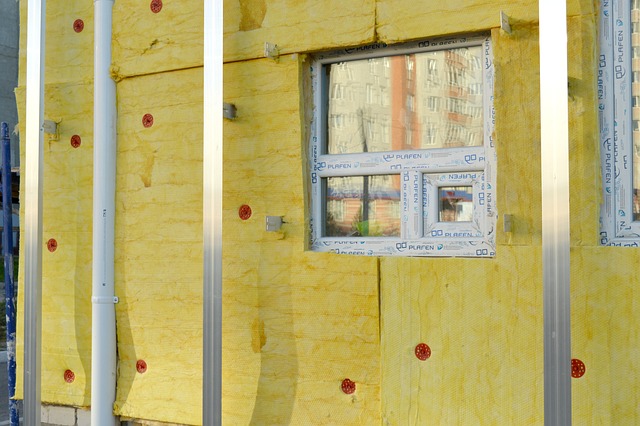Torque Vectoring: A Leap in Vehicle Handling and Performance
In the realm of automotive engineering, torque vectoring is a technology that is transforming how vehicles handle, offering an exhilarating, responsive driving experience. This technology allows vehicles to navigate corners with maximized grip and minimized body roll, improving both performance and safety. Let's delve into the heart of torque vectoring, its historical context, its implications, and its potential to shape the future of the automotive industry.

The Genesis of Torque Vectoring
Torque vectoring was born out of a desire to improve vehicle handling, particularly in performance cars. Traditional differential systems equally distribute power to the wheels, which can lead to understeer or oversteer in aggressive driving scenarios. In the late 1980s, engineers began experimenting with ways to control power distribution more dynamically to improve handling and safety. The result was torque vectoring, a technology that alters power delivery to individual wheels based on factors like speed, steering input, and road conditions.
How Torque Vectoring Works
In essence, torque vectoring systems analyze various vehicle dynamics and adjust power delivery accordingly. If a car is cornering and the system detects understeer, it can reduce power to the inner wheel and increase it to the outer wheel, forcing the car to turn more sharply. This technology can significantly enhance vehicle agility and responsiveness, making it a favorite among performance car enthusiasts.
The Impact of Torque Vectoring on the Industry
Torque vectoring has had a transformative effect on the automotive industry. It has become a standard feature in high-performance cars and is increasingly being adopted in mainstream models. It’s possible to find torque vectoring technology in everything from hot hatches to luxury SUVs. The widespread adoption of this technology reflects the industry’s commitment to improving performance and safety.
The Benefits and Challenges of Torque Vectoring
Torque vectoring offers several benefits, from improved handling and safety to enhanced driving pleasure. By allowing cars to corner more effectively, it can help avoid accidents and make driving more enjoyable. However, there are also challenges associated with this technology. It requires complex electronics and sophisticated software to function effectively, which can increase vehicle cost. Furthermore, torque vectoring systems can lead to increased wear and tear on components, requiring more frequent maintenance.
The Future of Torque Vectoring
As vehicle technology continues to advance, torque vectoring systems are likely to become more sophisticated and widespread. We may see the development of systems that can predict driver input and adjust power delivery proactively, further enhancing vehicle performance and safety. Despite the challenges associated with this technology, its benefits make it a promising area of development in the automotive industry.
In conclusion, torque vectoring represents a significant leap forward in vehicle handling and performance. By dynamically adjusting power delivery to individual wheels, it offers improved safety and an enhanced driving experience. As this technology continues to evolve and become more prevalent, drivers can look forward to even more responsive, enjoyable vehicles in the future.




